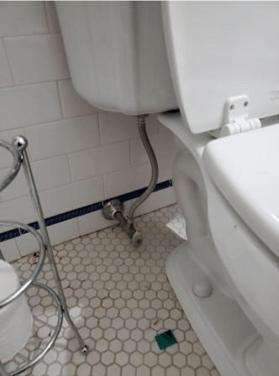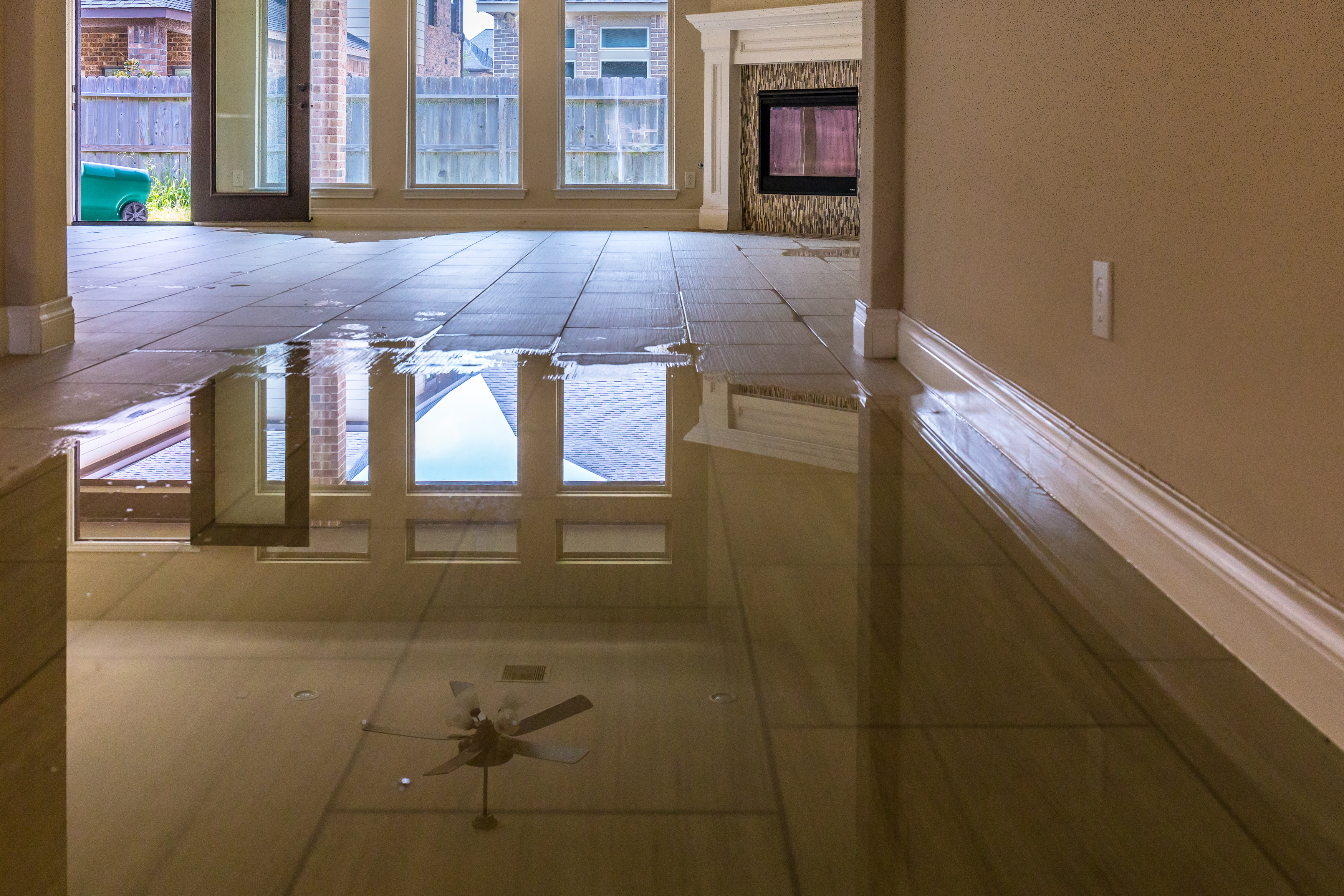What're your ideas regarding How to Repair and Prevent Bathroom Water Damage?

The shower room is exceptionally at risk for moist build-up as well as prospective water damages due to the regular use of water in it. This post supplies simple evaluation methods to assist discovering water damages hazards.
The frequent use of water in the restroom makes it incredibly prone for wet accumulation and prospective water damages. By evaluating it frequently, you can decrease water associated damages.
The complying with collection of examinations is very easy to execute and should be done once in every three months in order to keep your shower room in good shape as well as to avoid prospective water problems brought on by the bath tub, the shower, pipeline joints and also plumbing, sinks, closets, and also the commode
Do not forget performing these examinations as well as be complete while executing them. Remember that these basic assessments can save you a lot of money by offering early indications for water damage
Bathtub and Shower
The shower and bathtub require special focus and also upkeep. Examine the floor tiles as well as replace if broken. Ensure that there is no missing grout between the tiles. Inspect and also change split caulking at joints where the walls meet the floor or the bath tub. Obstructed drains pipes as well as pipes problems will certainly avoid the bathtub from drying and also might suggest serious problems under the tub. Speak with a professional immediately to stop structural damages. Focus on discolorations or soft areas around the bath tub wall surfaces as they may indicate an internal leak.
Plumbing
Signs for water damage are tough to discover because most pipelines are set up inside the walls.
Pay special focus to flooring and wall surfaces dampness as well as stains as they might suggest an invisible plumbing trouble. Inspect moisture degrees in adjoining areas also.
Sinks and Cabinets
Sinks and also cabinets are revealed to wetness and moisture daily as well as are often ignored. Inspect consistently under the sink and on the kitchen counter above it. Fix any drip in the catch as it may recommend drain troubles. Take a look around the sink, slow-moving draining pipes might indicate an obstructed drain. Change sink seals if they are cracked or loose.
The Bathroom
The toilet is a prone water junction. Inspect the water lines as well as search for leaks around the bathroom seat, in the hose, as well as under the water container. If you discover any type of signs of wetness on the flooring around the toilet, check for leakages in the toilet rim as well as tank seals.
Know that hanging toilet bowl antiperspirants increases the possibilities for obstructions.
Water Damage Signs In The Bathroom To Avoid Cleanup
Musty smell
This is one of the easiest signs to catch because musty smells are so odorous. The damp, earthy, moldy smell should be a big red flag. The smell will develop when moisture gets trapped in surfaces, and begins to facilitate mold growth. Leaking pipes under cabinets, inside walls, and behind shower fixtures will cause moisture to stay trapped and not dry, which will lead to mold growth and spread. As soon as you notice any musty smells in your bathroom, have it checked for hidden water damage and cleanup signs.
Visible mold
If the smell isn’t there to give it away, sometimes you will actually see mold growth. Finding mold in your bathroom is a serious problem, because mold is very harmful to your health. By the time mold growth is visible, it also means that water damage has already occurred and been present for some time. The only way the mold problem can be resolved is to find the source of the moisture and get it stopped. To safely and adequately remove mold, you need to have professionals handle the remediation. Do not waste any time in getting mold problems addressed, fixed, and sanitized so that you can protect you and your family from the many respiratory symptoms caused by mold exposure.
Damaged floors
Bathroom floors should be able to withstand some exposure to water while still remaining in good condition. However, when excess exposure or water leaks occur, they will begin to damage even the most water-resistant flooring. If you notice any cracking, bubbling, staining, or warping on your bathroom floors, there is probably a water leak somewhere causing the distortion. If you notice areas of the floor have become softer, or even have a spongy feeling, there is probably damage to the subfloor. Subflooring is typically made up of plywood. When plywood is exposed to water or moisture, it will absorb it. Once it has become saturated, the weight of the excess water will cause the wood to swell and soften. Check the floors in your bathroom frequently to catch any of these sings before they lead to damaged subflooring.
Changes on walls
When water leaks behind walls, it will cause changes in the drywall. Peeling plaster, blistering paint, and soggy wallpaper are all good indicators that excess water is building up behind the wall. Water leaking behind drywall will cause it to swell and be soft to the tough. If you start to notice gaps along the trim of your walls, or where tile meets the wall, it could also be a strong indicator that there is a leak behind the wall. Any changes, distortion, or damage on the walls should be evaluated as soon as you notice it to prevent further water damage and cleanup.

As a passionate reader about How to Prevent Bathroom Water Damage, I figured sharing that topic was a smart idea. In case you enjoyed reading our page plz do not forget to pass it around. I am grateful for your time. Visit again soon.
Schedule And Pricing